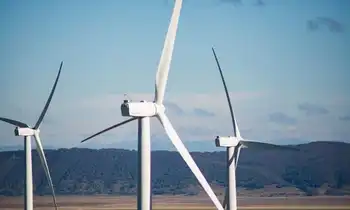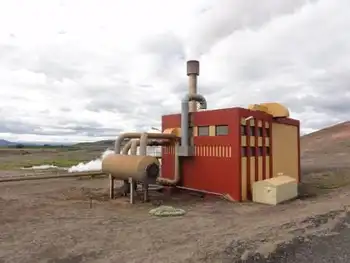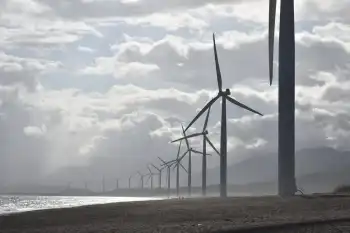Spain to add 6,700 green megawatts by 2012
Spain has been prompted to make these investments because of the country's dependence on conventional fossil-fueled sources of energy. As Spain has little of its own fossil-fuel resources, the country is highly dependent on imported fuel for power generation.
Additionally, fossil-fuel use is hindering Spain's progress in meeting emissions reductions set out by the Kyoto Protocol. Currently, Spain is 35% above the emissions goals established by the Protocol for 2012.
The increasingly high prices of fossil fuel commodities in the past few years have caused awareness that serious thought must be given to shifting to using renewable sources of energy, which would help create a diversified energy base and an environmentally sound future. If achieved, these goals should have a positive effect on the economy and result in more stable conditions for Spain's manufacturing sector.
Most of Spain's renewable energy comes from wind and solar power. In 2009-10 an estimated 3,700 megawatts of new wind power will be brought online, bringing Spain total wind power to 20,155 MW. Another 1,700 MW is already planned to be operational by the end of 2012. After Germany, Spain is the largest wind-energy producer in Europe.
By the end of next year, 850 MW of new solar power will come online, creating an estimated installed generating capacity of 3,000 MW of solar power. Another 500 MW should be available by 2012. Spain is the fourth-largest manufacturer of solar power technology in the world and is home to the 20-MW Abengoa solar tower power plant, the world's largest such power plant, which started operations in April this year.
Related News

Ambitious clean energy target will mean lower electricity prices, modelling says
LONDON - The more ambitious a clean energy target is, the lower Australian wholesale electricity prices will be, according to new modelling by energy analysis firm RepuTex.
The Finkel review, released last month recommended the government introduce a clean energy target (CET), which it found would cut emissions from the national electricity market and put downward pressure on both wholesale and retail prices.
The Finkel review only modelled a CET that would cut emissions from the electricity sector by 28% below 2005 levels by 2030. But all available analysis has demonstrated that such a cut would not be enough to…




